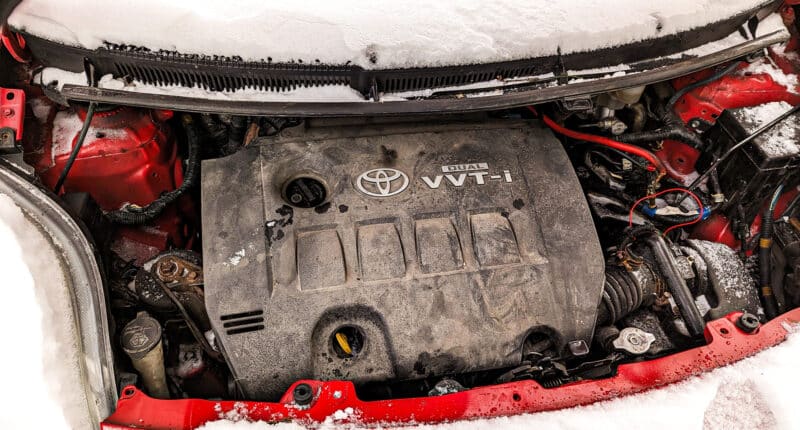The 2ZR-FE is a naturally aspirated 4-cylinder workhorse powering several Toyota models like the Corolla, Matrix, and Prius since 2007.
That said, the engine has also found its way into a few spicy sports cars. Yes, the 2ZR-FE has sporting credentials, albeit not in its standard naturally aspirated avatar.
At 128 hp, with some supercharged versions reaching up to 217 hp, its stock output may seem underwhelming by modern standards — unless it’s in a Lotus Elise.
Regardless of what car it powers, the engine’s robustness is something you would hardly question, especially if you owned a high-mileage example.
These 2ZRs take quite a beating and yet continue to run. Accounts of the 2ZR-FE lasting over 200,000 miles with nothing but routine maintenance are not uncommon.
Join us as we take a closer look at the Toyota 2ZR-FE’s specs, reliability, and common problems.
Toyota 2ZR-FE: Specs
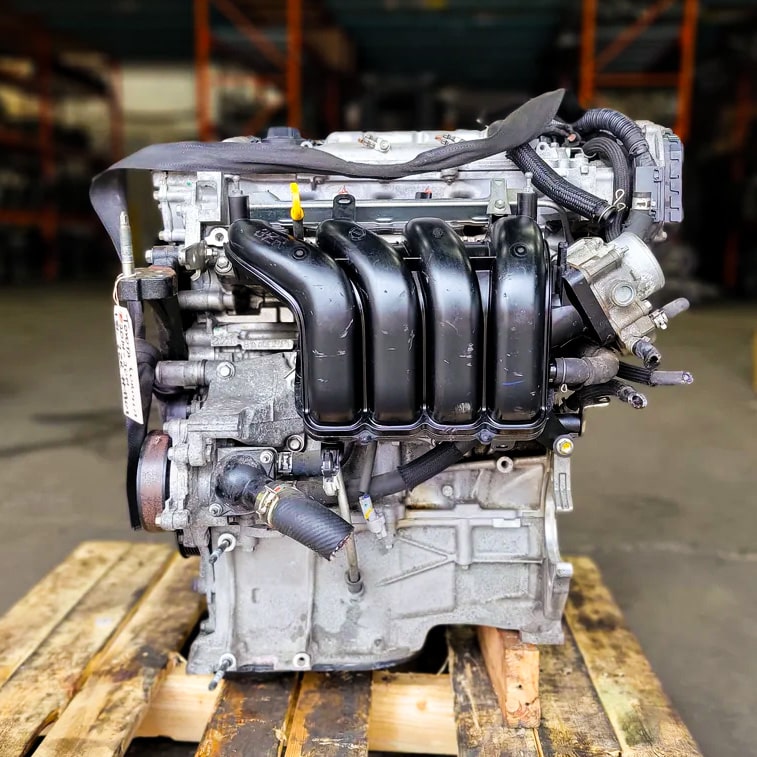
Engine code: 2ZR-FE
Production: 2007-present
Layout: Inline-4 DOHC 16V (Supercharged versions were also available)
Displacement: 1.8L (1,798 cc)
Fuel system: Sequential fuel injection
Cylinder bore: 80.5 mm (3.17″)
Piston stroke: 88.3 mm (3.48″)
Compression ratio: 10.0:1
Power: 128 to 138 hp at 6,000 rpm
Torque: 126 to 128 lb-ft at 4,400 rpm
Firing order: 1-3-4-2
The 2ZR-FE is one of the most mainstream engines in Toyota’s entire fleet. Introduced in 2007, the engine came in as a direct replacement for the ZZ family, specifically the 1ZZ and 2ZZ series.
Unlike the ZZ twins, which were eventually phased out, the 2ZR is still in production, continuing its run with multiple variants sold across different markets.
As for specs, you get 1,798 cc to play with and 4 valves per cylinder with circa 80 mm bore and 88 mm stroke. The engine gets a timing chain with 2 overhead camshafts.
Depending on the year and model, the 2ZR-FE makes anywhere from 128 hp and 138 hp with torque ratings between 126 lb-ft and 128 lb-ft.
It runs a 10.0:1 compression ratio, featuring a sequential fuel injection system with Toyota’s Direct Ignition System (DIS) and Electronic Spark Advance (ESA).
The all-aluminum engine features spiny-type cast iron liners, steel connecting rods, and lightweight pistons with resin-coated skirts.
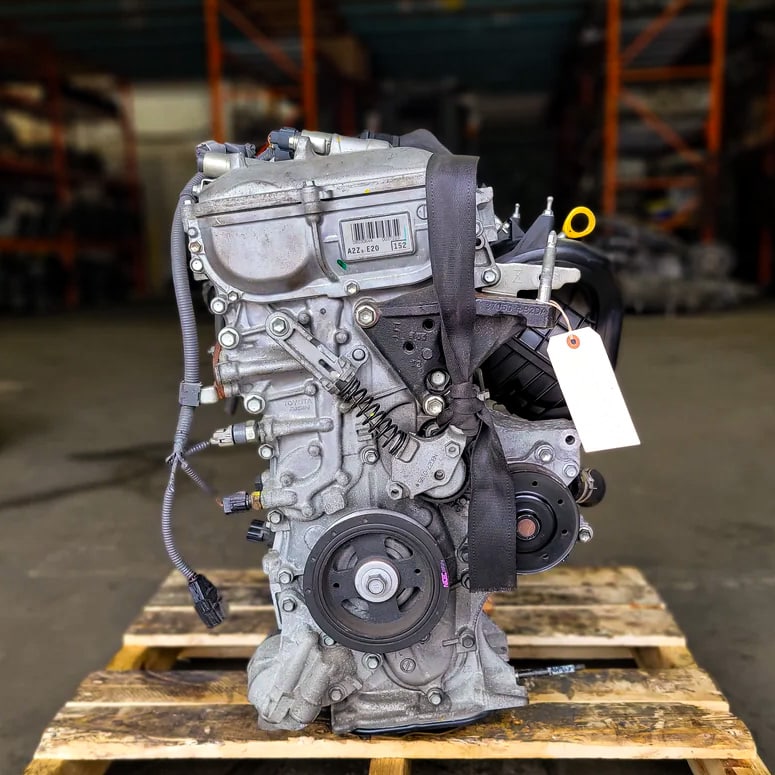
Inside the plastic intake manifold, you’ll find Toyota’s Electronic Throttle Control System Intelligent (ETCS-i), which varies throttle opening based on the accelerator pedal position and other engine parameters.
You’ll also find Dual VVT-i in the 2ZR-FE, offering cam-phased variable valve timing on both the intake and exhaust sides. As for the name, the 2ZR-FE features what Toyota calls an “economy narrow-angle valve design”, denoted by the “F”.
The “E”, of course, stands for electronic fuel injection, while “2ZR” represents the 2nd generation of the ZR engine family.
Vehicles featuring the Toyota 2ZR-FE include:
- Allion
- Auris
- Corolla Axio/Fielder (Japan only)
- Corolla Cross
- Corolla/Corolla Altis
- Corolla Hatchback
- Junpai D60
- Lotus Elise Series 3 (with supercharger)
- Matrix/Pontiac Vibe (North America only)
- Premio
- Scion xD
- Yaris T Sport (Europe only)
- Yaris GRMN (with supercharger)
Tuning Potential: The Lotus Elise Debate
As mentioned earlier, this 1.8L 4-pot can be seen powering a variety of compacts, subcompacts, and surprisingly, even sports cars.
Case in point — Lotus installed a supercharged 2ZR-FE in the Series 3 Elise models sold abroad. Unfortunately, USDM cars were not equipped with the engine and were instead sold until 2011 with the 2ZZ-GE.
Several enthusiasts, however, have experimented with turbocharging their 2ZR-FE and they weren’t disappointed. But why choose the 2ZR-FE when there are other 4-pots in Toyota’s arsenal?
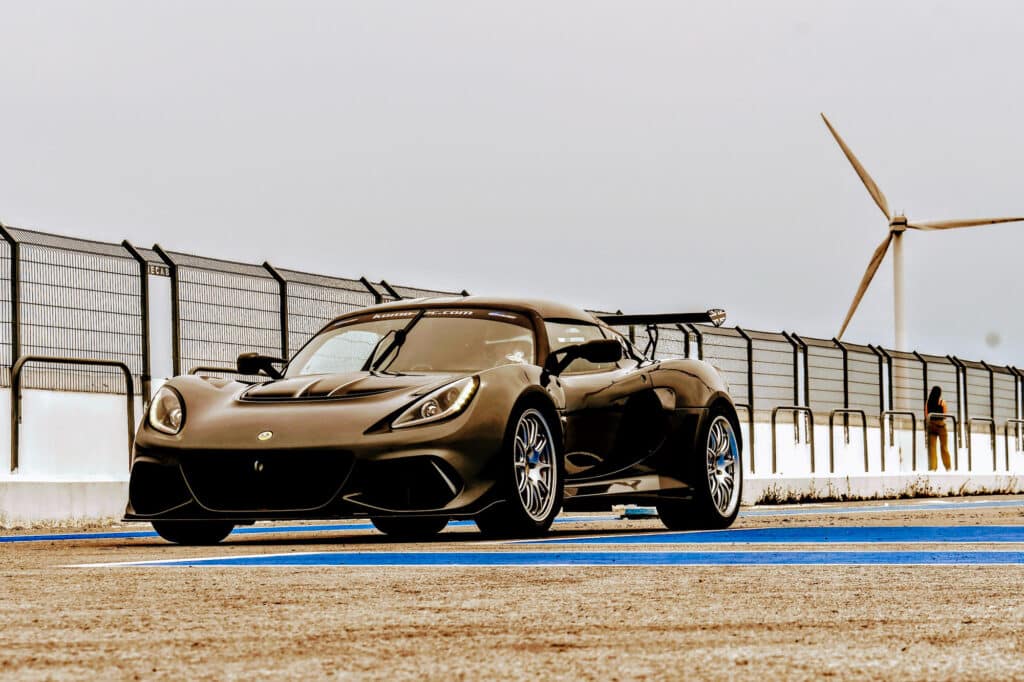
The reasoning boils down to this. Out of all the engines Lotus could’ve chosen, they went with the 2ZR.
Lotus must’ve done a lot of testing and research on the ZR to find it fit for their sports car, which says a lot about the engine’s potential. Even Toyota used the same supercharged 2ZR-FE in the Yaris GRMN.
The Elise maxed out 217 hp, while the Yaris GRMN managed 205 hp from their supercharged 2ZR engines.
That’s a hefty jump from the 2ZR’s stock numbers. So it’s possible to extract decent horsepower from your 2ZR Corolla/Matrix.
Run a stand-alone or piggy-back ECU with forced induction and supporting mods, and you may reliably push for a higher boost, unlocking more power as a result.
The downside is cost. Although the 2ZR-FE has potential, you’ll have to spend a lot of money to get there.
Forced induction is not cheap, as are other supporting engine mods. MWR offers upgraded camshafts and crankshafts, pistons, rods, and a lot more. You may also go the supercharger or turbo route, but these kits tend to be expensive.
2ZR-FE Reliability
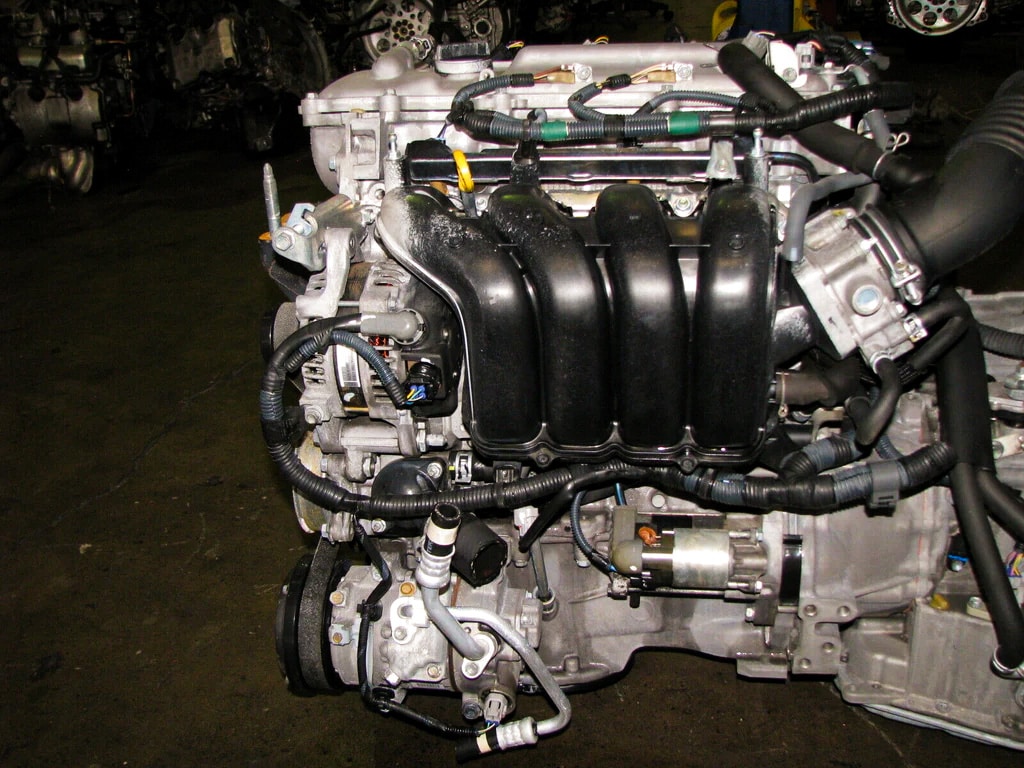
On the reliability front, the 2ZR-FE is pretty solid. For the most part, the 1.8L engine has been very dependable.
That’s not to say it’s perfect. The 2ZR, just like any other engine, has its fair share of problems. Something you wouldn’t expect, considering Toyota’s stellar reputation.
That being said, the 2ZR engine can last a long time. Reports of Corollas clocking over 200,000 miles are not uncommon.
As is the case with most Toyota engines, the 2ZR is not a heavily stressed motor, as evident from its lackluster output.
But that’s what makes it an excellent choice for commuter cars. The last thing an average Corolla owner does is chase lap times driving at nine-tenths.
What owners have noticed, however, is oil consumption. This is not new since many Toyota engines from the noughties are notorious for burning oil.
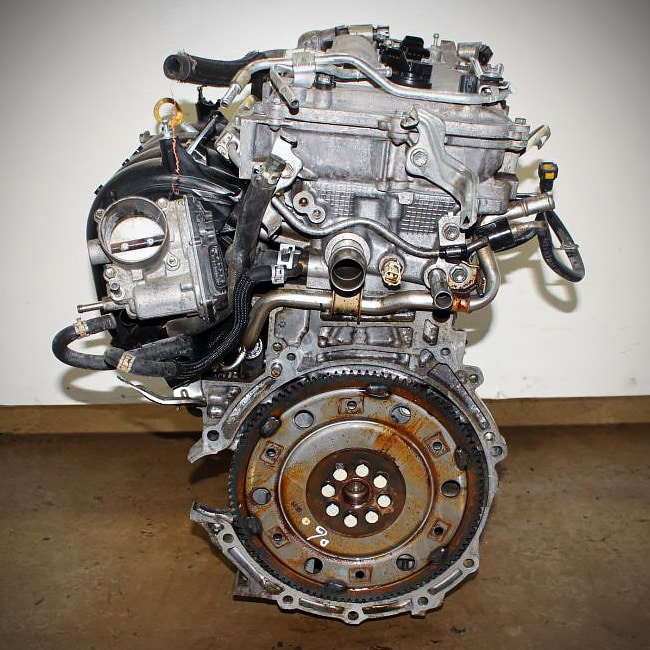
The 2AZ-FE, used in early the Scion tC, Corolla, and Camry, was part of a lawsuit regarding oil consumption.
Sadly, though, the 2ZR-FE wasn’t included. Although there hasn’t been a recall involving the 2ZR, Toyota did issue a TSB regarding the concern.
Owners were offered a software update for the ECU, which solved most, if not all, of the oil consumption issues.
Also, keep in mind that 2ZR-FEs are interference engines. If the timing chain snaps, you’re looking at catastrophic engine damage.
Maintenance is key. You can ruin a perfectly good engine by overlooking the simple stuff like oil changes and filters.
Since the 2ZR-FE, much like any engine, is a collection of multiple moving parts, you are likely to encounter some minor problems along the way. Most of these, however, tend to be age-related or simply user negligence.
Toyota 2.0 Engine Problems
Although not common in the true sense of the word, there are few known concerns with the 2ZR engine.
As discussed, oil consumption is one of them, followed by coolant pump failure and Valvematic issues. Generally speaking, the problems are not as common as you might think.
Realize that Toyota has shifted quite a few cars with the 2ZR engine. It’s usually the earlier ones that can be a cause for concern.
However, that’s not to exclude later engines, as some of these have also experienced at least one of the said issues.
Let’s get to know these issues a bit more.
Oil Consumption: Cause and Fix
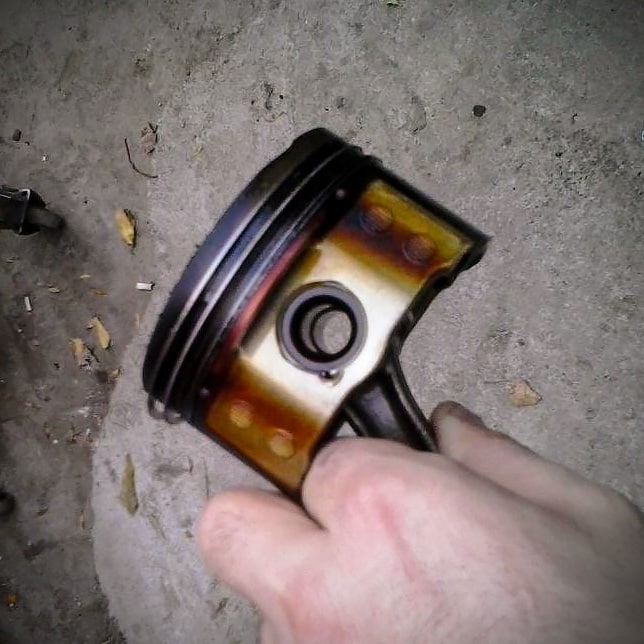
At this point, it’s commonly accepted that 2ZR-FEs are a bit thirsty in the oil department.
Most owners just live with it. The issue is worse in high-mileage examples. It’s worth mentioning that the rate of consumption is far less than other engines from other makes.
So, what causes excessive oil consumption in 2ZR engines? The answer is piston rings, faulty ones at that.
While Toyota claims the fix to be a software tweak, the problem could stem from other areas as well. Something to look out for, especially if your engine runs the updated ECU but still burns oil.
Worn-out seals can be a cause, as are damaged cylinder liners, valve guides, and stems. In most cases, it’s unlikely that you’d encounter any of these concerns in a well-maintained 2ZR-FE.
These areas are not often problematic and are pretty robustly designed. Plus, the later versions are less prone to burning oil, and the TSB has certainly helped reduce the issue in early 2ZRs.
Valvematic Issues: Cause and Fix
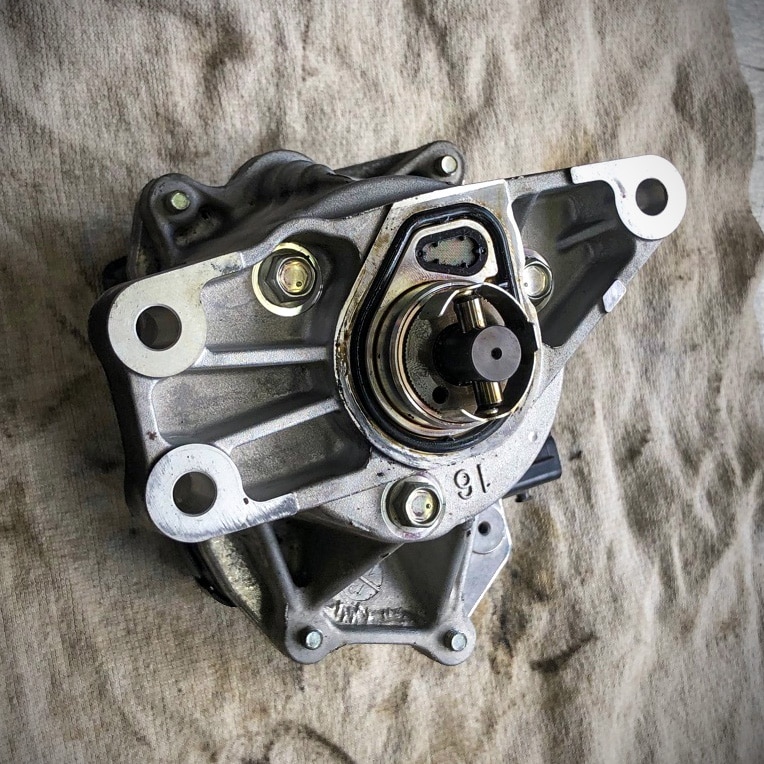
Valvematic is Toyota’s way of improving emissions, combustion efficiency, and fuel consumption through valve lift.
According to Toyota, Valvematic combines VVT-i with a new mechanism that continuously controls the intake valve lift volume.
Toyota’s proprietary VVTL-i (Variable Valve Timing and Lift Intelligent system) wasn’t Euro IV compliant and had to be discontinued in many markets. So, Valvematic came in as a more efficient technique than existing forms of the technology.
However, compared to previous Toyota VVT systems, Valvetronic was a bit complex. Toyota incorporated the Valvematic system with Dual VVT-i in the 2ZR-FE.
This was a fairly new technology during its debut, and, as you would imagine, it had some teething issues.
While later versions of the system have proven to be reliable, early models had controller malfunctions causing Valvematic failure. Toyota had a TSB addressing the concern.
A faulty controller flange results in Valvematic disconnection, resulting in engine shutdown. Typically, the problem is solved by installing a new controller, which can be expensive if out of warranty.
Signs of a possible Valvematic failure include rough idle, loss of power, and squealing noises.
The sound can be from leaked coolant pouring onto the Valvematic components. Suffice it to say, the squealing is not exclusively a Valvematic concern and can be the result of a faulty water pump as well.
Coolant Pump Failure: Cause and Fix
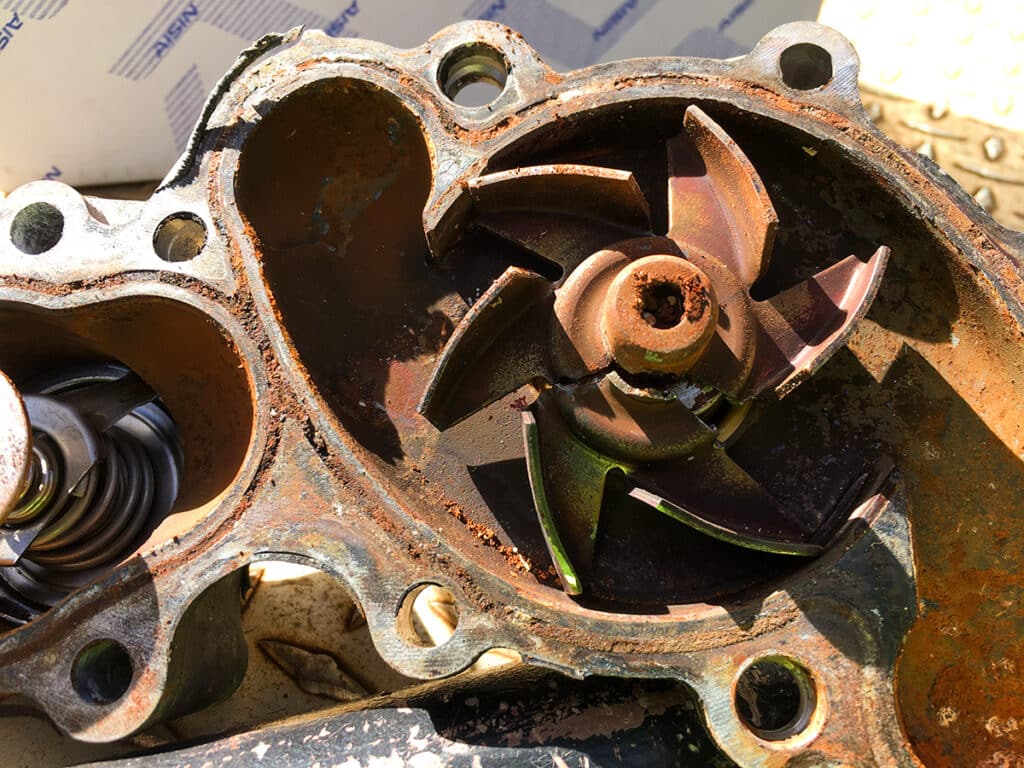
This issue may not be as common as the 2ZR’s oil-burning concern. That being said, several owners have reported premature water pump failures, and Toyota has acknowledged it, including it in the factory warranty.
The fix, as you would imagine, is replacing the coolant pump.
It’s worth mentioning that premature water pump failure is not a common sight in any car, let alone a Toyota.
In the case of the 2ZR-FE, the problem could simply be attributed to bad design. Forum members have noticed replacement pumps featuring new bolts with different part numbers.
However, in some cases, it may not be an OEM fault. If your car is fairly old with a lot of miles, then it could just be age/mileage-related. Water pumps are wear-and-tear items that do require replacing after a certain point.
So, what are the signs to look out for? In the event of a complete failure, the engine will overheat fairly quickly, owing to the loss of coolant. Look for warning lights and visible coolant leaks.
You may even notice steam coming from the engine bay as the coolant comes into contact with some of the hot engine parts.
Final Thoughts
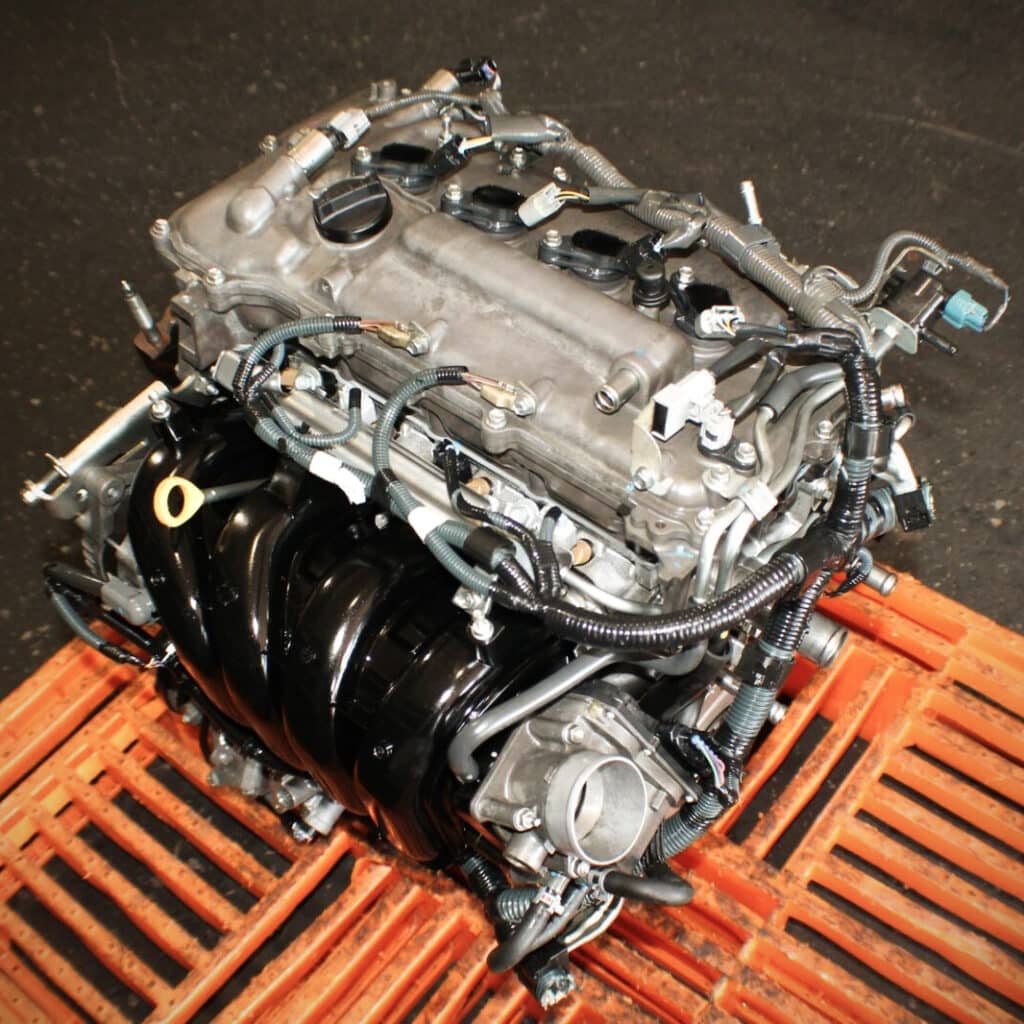
The Corolla is one of Toyota’s most successful nameplates, and the engines that power them play a significant role in that success.
From what we can tell, the 2ZR-FE is a reliable motor even when it’s not maintained all that well. You may completely ignore the problems, and the engine will still run. That’s been the case with most Toyotas.
Owners who stay on top of maintenance have only positive things to say about the engine.
Except for oil consumption, most of the issues aren’t all that concerning. The frequency of people reporting any issue with the engine is almost negligible.
Given how many 2ZRs Toyota has sold over the years, it’s remarkable that a lot of them are still running to this day, clocking hundreds of thousands of miles without trouble.
After all, it’s a Toyota. It should prove a reliable commuter with minimal running costs. The 2ZR-FE can even double as a decent platform for mods and upgrades should you wish to explore that front.
Do you own a 2ZR-powered car? What has your experience been like? Let us know down in the comments below.
